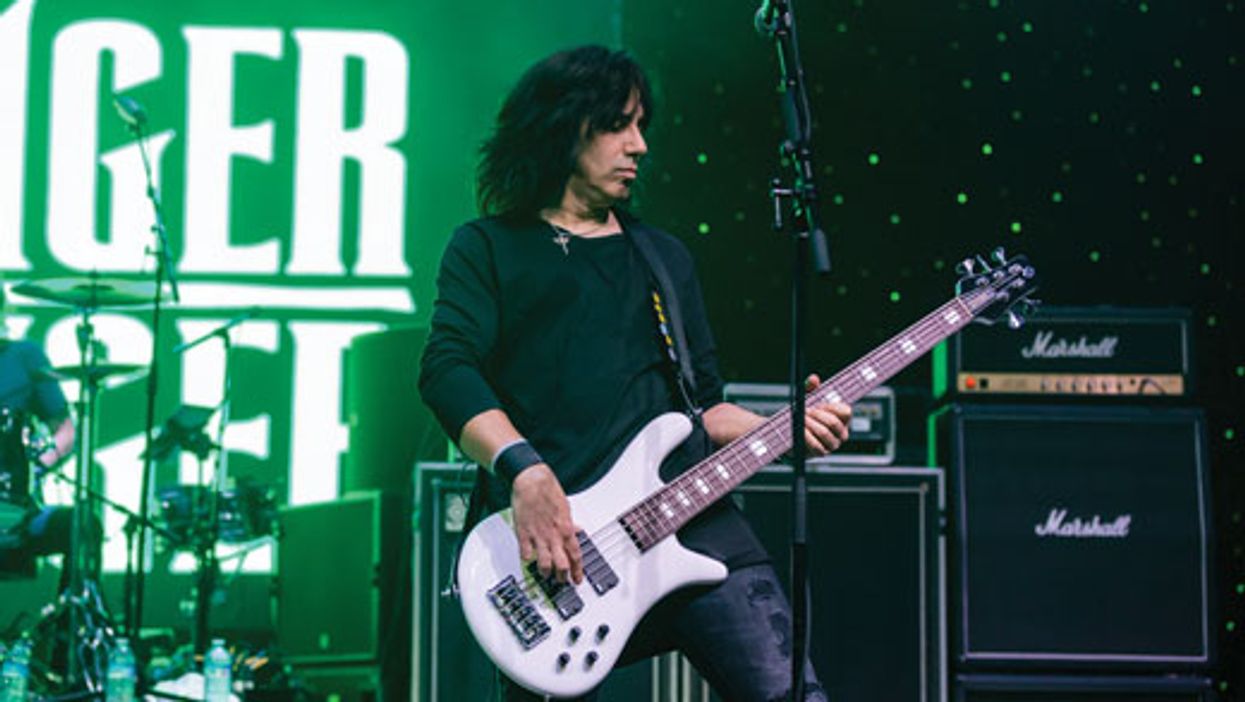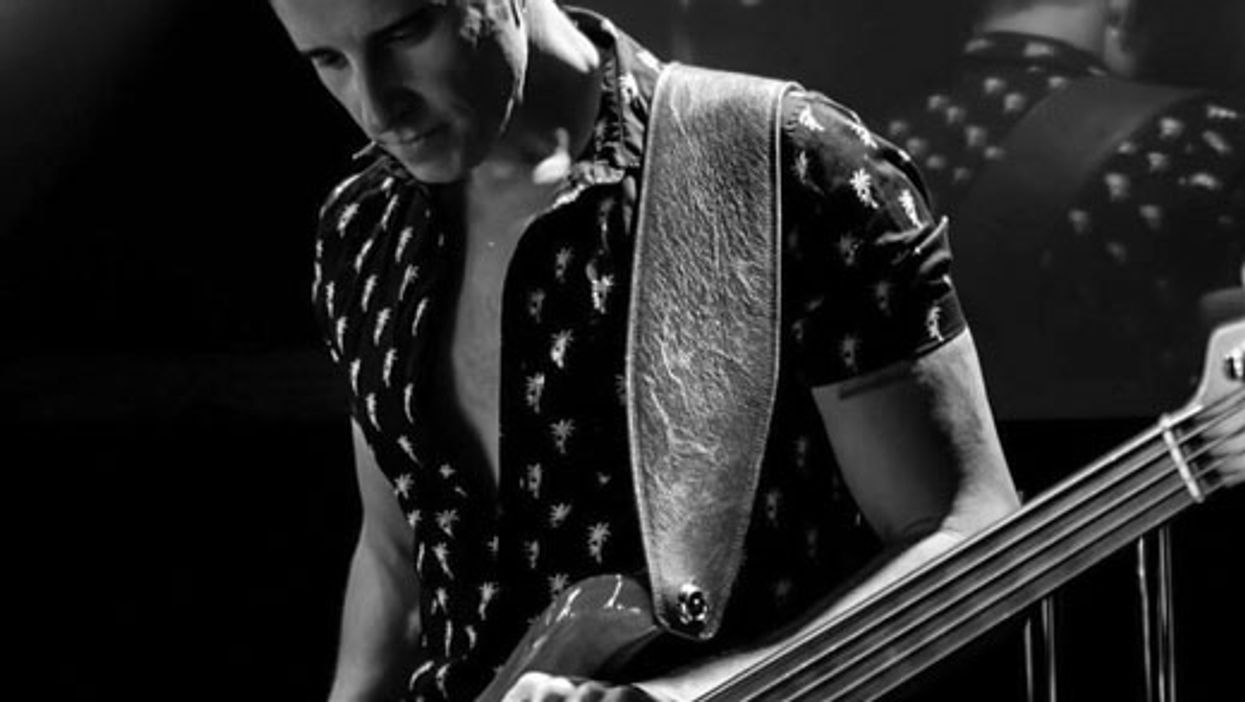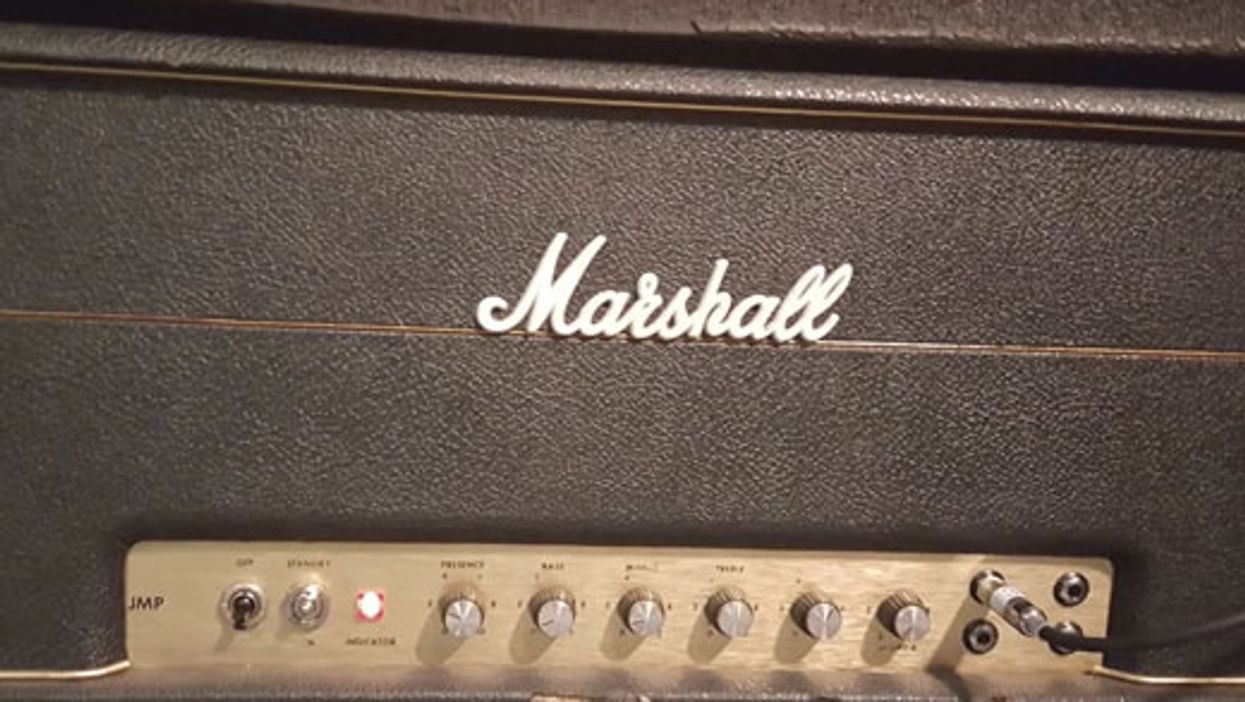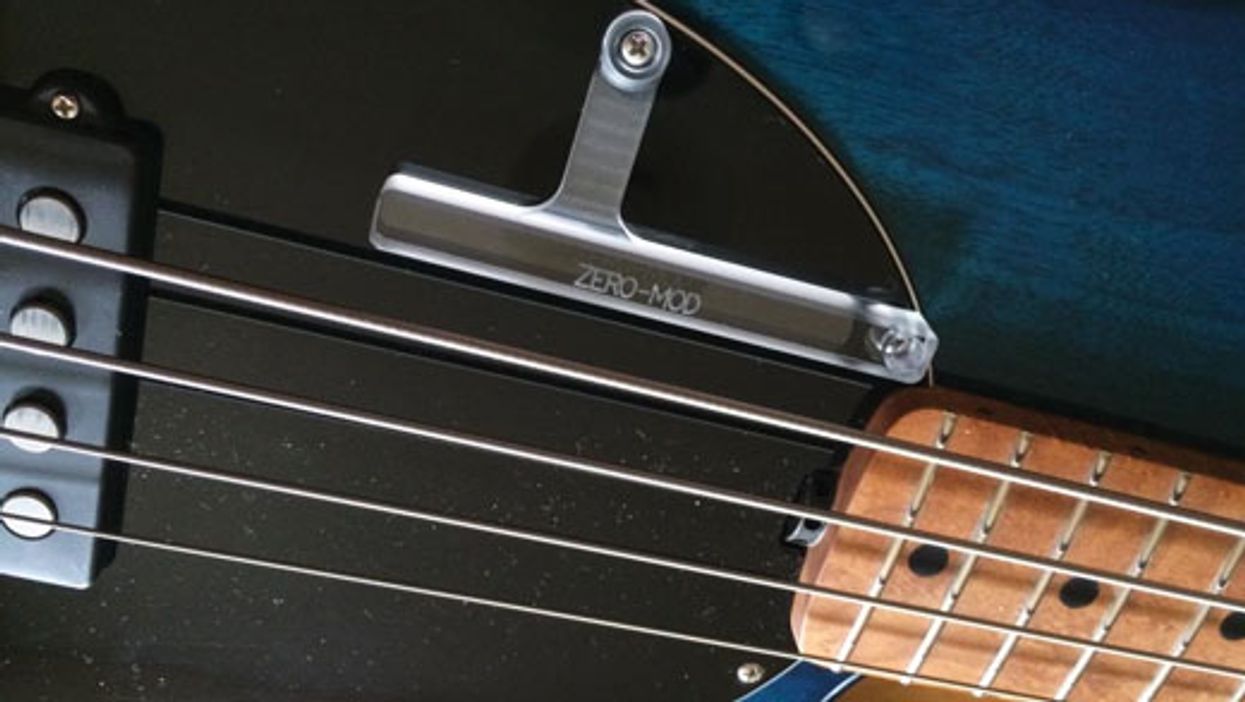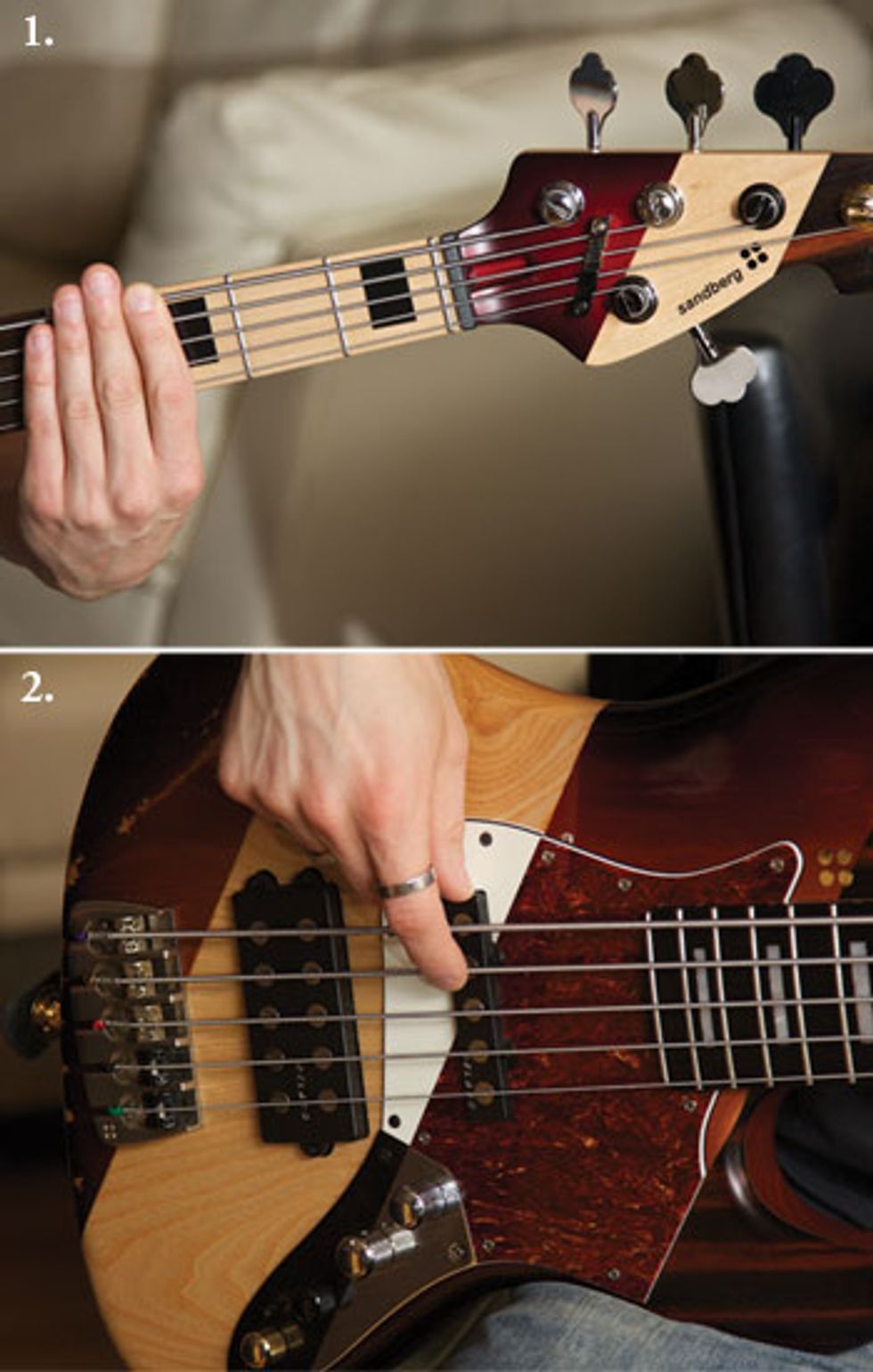
1. Fretting the note with the index finger while muting softly with the remaining fingers will give you the short, staccato “Rolling in the Deep” eighth-note feel. 2. When very even eighth-notes are required, playing with one finger and your thumb steadily anchored is a good way to go. It will give you the evenness of pick playing, but with finger tone.
A renowned guitarist friend of mine once asked me, “If a guitarist spends 90 percent of his time on a gig playing rhythm and 10 percent of his time playing lead, why does he spend 90 percent of his practice time playing solos?” That question was an eye-opener for me. But I was young at the time, and though I completely understood his point in theory, I still went home and practiced flashy bass licks. Later in life, however, his words would serve as my mantra while practicing and cultivating my growing infatuation with eighth-notes.
Some 15 years ago while in school studying bass, one of my teachers told me that the ’80s was a dark decade for rock bass because most guys were playing eighthnotes on the root, and not exploring the possibilities of the instrument. I actually had the opposite opinion and reaction to this statement. In fact, my love and fascination for playing eighth-notes on the root has grown exponentially since then. I dare say I have built a large part of my career doing so. And, for any bassist with the ambition of sounding professional and solid, I believe the single most important piece of advice is to obsess over playing eighth-notes well.
While teaching private lessons, I’ve had students with plenty of theory knowledge and soloing chops who have graduated from some of the nation’s top universities and music departments. To my surprise, these students had been given no information whatsoever about note-value choices and techniques that make up the foundation for every popular music genre: eighth-notes! It’s like teaching someone woodworking skills without giving them a hammer and nails. So, here are some essential tips in the science of eighth-notes for bass … the true tools of the trade.
The static eighth-note feel. This sound dates back to older soul and rock songs. One of the biggest songs of the past couple of years, “Rolling in the Deep” by Adele, is a shining example of this feel. The feel is static and the notes are so short they almost turn into a round, warm-sounding version of a click or a metronome. If you are using a two-finger alteration, you can get a short note value by laying the next picking finger on the string immediately following the note. I achieve this sound by actually lifting my left hand off the fretboard between every note. I also enhance the muting effect by fretting notes with my first finger when possible, and letting the other three fingers rest loosely on the string to provide additional muting. This feel is generally used in more up-tempo scenarios and you can even play slightly on top of the click to make the song feel more eager.
The bouncy eighth-note feel. This feel is my favorite one to play. You simply play short downbeats and long upbeats to execute the technique properly. The origins of this approach can be found in “Everyday People” by Sly and the Family Stone, and you can hear it in many varying styles. It drives a song like a locomotive, providing a “self-propelling motor” to the groove. And because it grooves so hard on its own, it can even eliminate the need for a drummer! Modern-country star Keith Urban has several big hits based on this feel with “Somebody Like You” being a great example. The ’90s rock classic “One Headlight” by the Wallflowers employs this groove beautifully, with a galloping single-string rhythm guitar enhancing it. And Al Green’s “Love and Happiness” is another equally great tune that showcases the bounce. I use this in most recording sessions.
The rhythm guitar approach. When using a plectrum, you can mute the strings with the palm of your right hand and play with gentle, even downstrokes—much like you would when playing rhythm guitar in a rock song. I find myself employing this technique when recording mid-tempo, fairly mellow pop songs. Listen to L.A. session great Lee Sklar’s playing on Don Henley classics like “The Last Worthless Evening” and “The Heart of the Matter.” The tone is mellow, but relentlessly even, which is key for nailing this feel. Placing your notes slightly behind the beat does wonders in this scenario.
The legato chorus driver. Everyone from 12-year-old punk rockers to seasoned professionals use this technique daily. For total evenness, playing with a plectrum or with one finger works the best. All the notes ring out legato style and provide a flying carpet for everyone else to take a ride on. Though you probably often use this approach throughout a song, it will shine if you save it for choruses! This is the simplest and most common way to play eighth-notes on the root.
Eighth-notes as an arrangement tool. I focus on how the drummer plays the hihat. The duration of the notes should, in most cases, match the duration of yours. In a verse, you might be playing short notes. In the pre-chorus, try increasing the note value ever so slightly, and then right before the chorus, play a little harder. Finally, when the chorus hits, you play long notes to match the open hi-hat. This approach will make the chorus feel like a car pulling off the entrance ramp onto the freeway. By simply changing your note value and attack slightly, you’re able to give the song dramatic dynamics and direction for the other players to build on. You are playing bass like a producer— building each section independently while giving the song invaluable structure.
U2, Coldplay, Kings of Leon, and countless other acts have enjoyed enormous success, partly because the bassist put his ego aside and provided a wall of eighthnotes. Lastly, I would like to nominate Cliff Williams of AC/DC for president of the eighth-note states. Listen to the first 30 seconds of “Shot Down in Flames” and you just might join the campaign.
 Victor Brodén
Nashville bassist and producer Victor
Brodén has toured and recorded with more
than 25 major-label artists, including LeAnn
Rimes, Richard Marx, Casting Crowns,
and Randy Houser. His credits also include
Grammy-winning albums and numerous
television specials on CMT and GAC, as well as performances
on The Tonight Show and The Ellen DeGeneres
Show. You can reach him at profdanb@gmail.com.
Victor Brodén
Nashville bassist and producer Victor
Brodén has toured and recorded with more
than 25 major-label artists, including LeAnn
Rimes, Richard Marx, Casting Crowns,
and Randy Houser. His credits also include
Grammy-winning albums and numerous
television specials on CMT and GAC, as well as performances
on The Tonight Show and The Ellen DeGeneres
Show. You can reach him at profdanb@gmail.com.


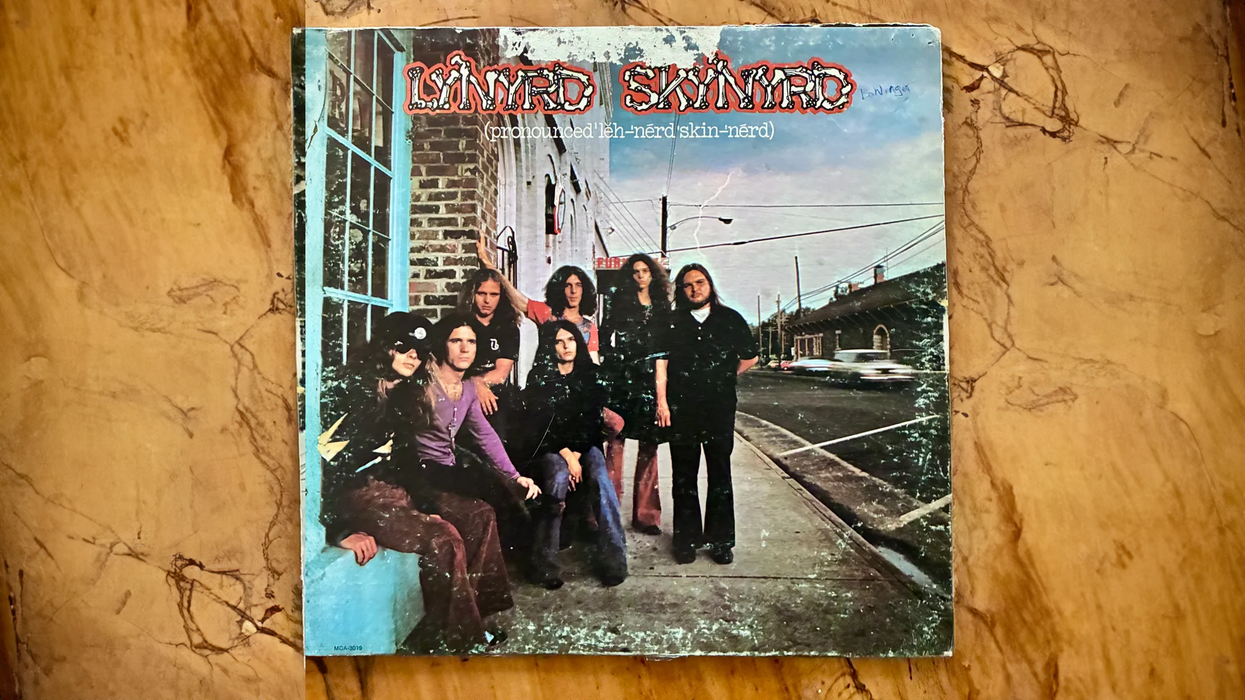

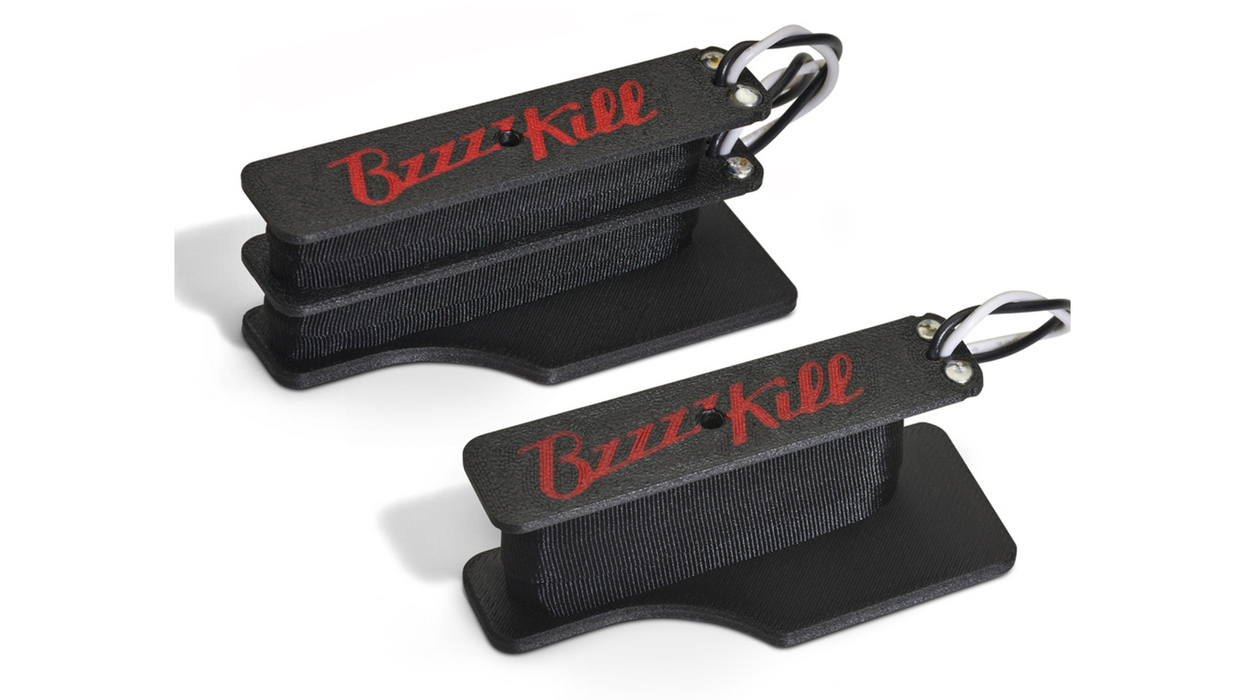
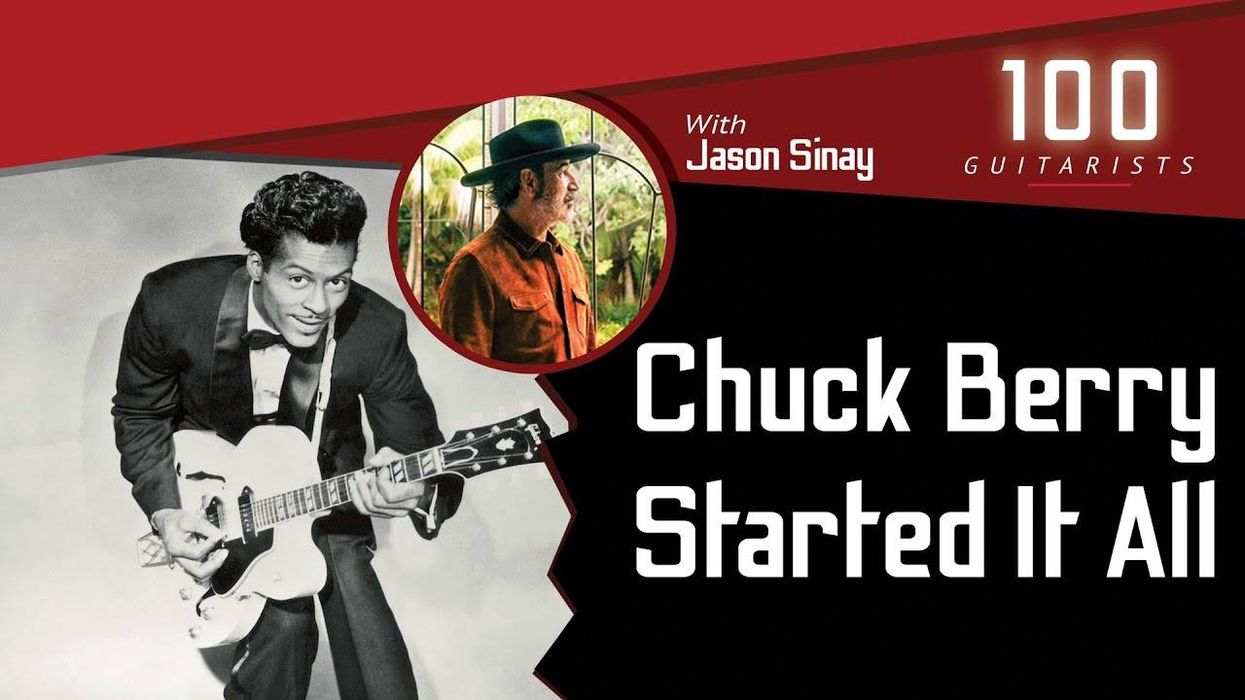
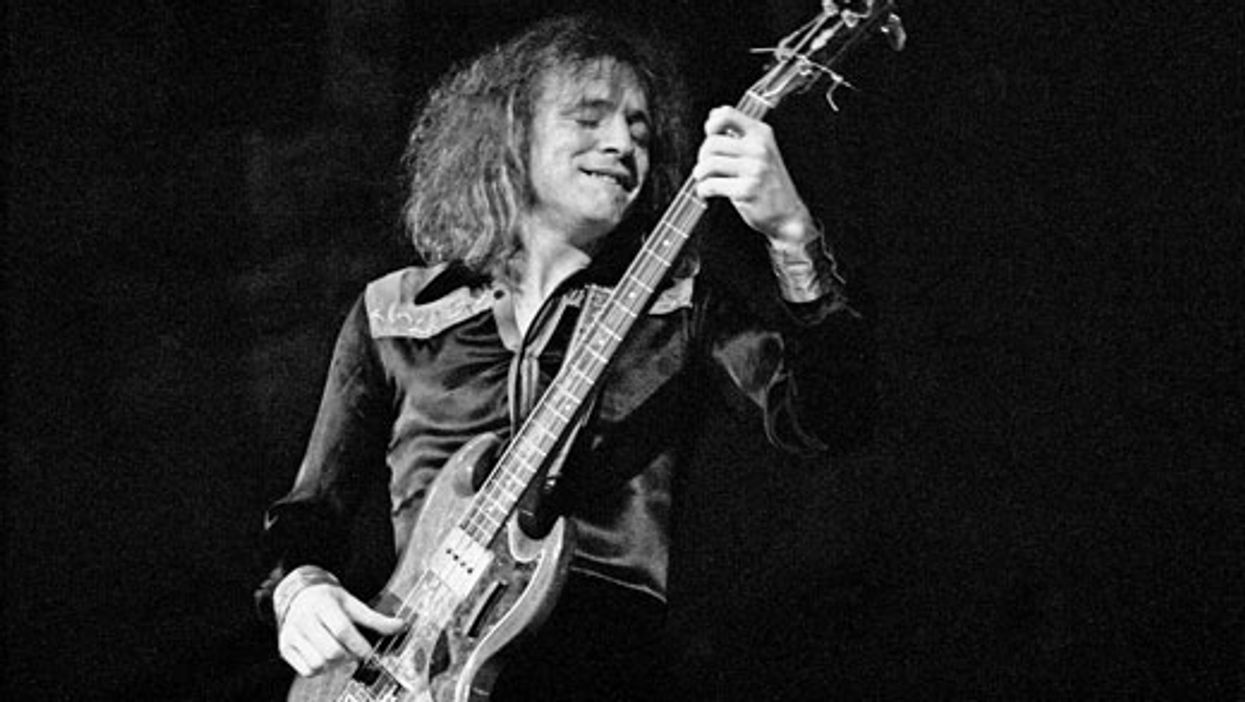



![Rig Rundown: Russian Circles’ Mike Sullivan [2025]](https://www.premierguitar.com/media-library/youtube.jpg?id=62303631&width=1245&height=700&quality=70&coordinates=0%2C0%2C0%2C0)


